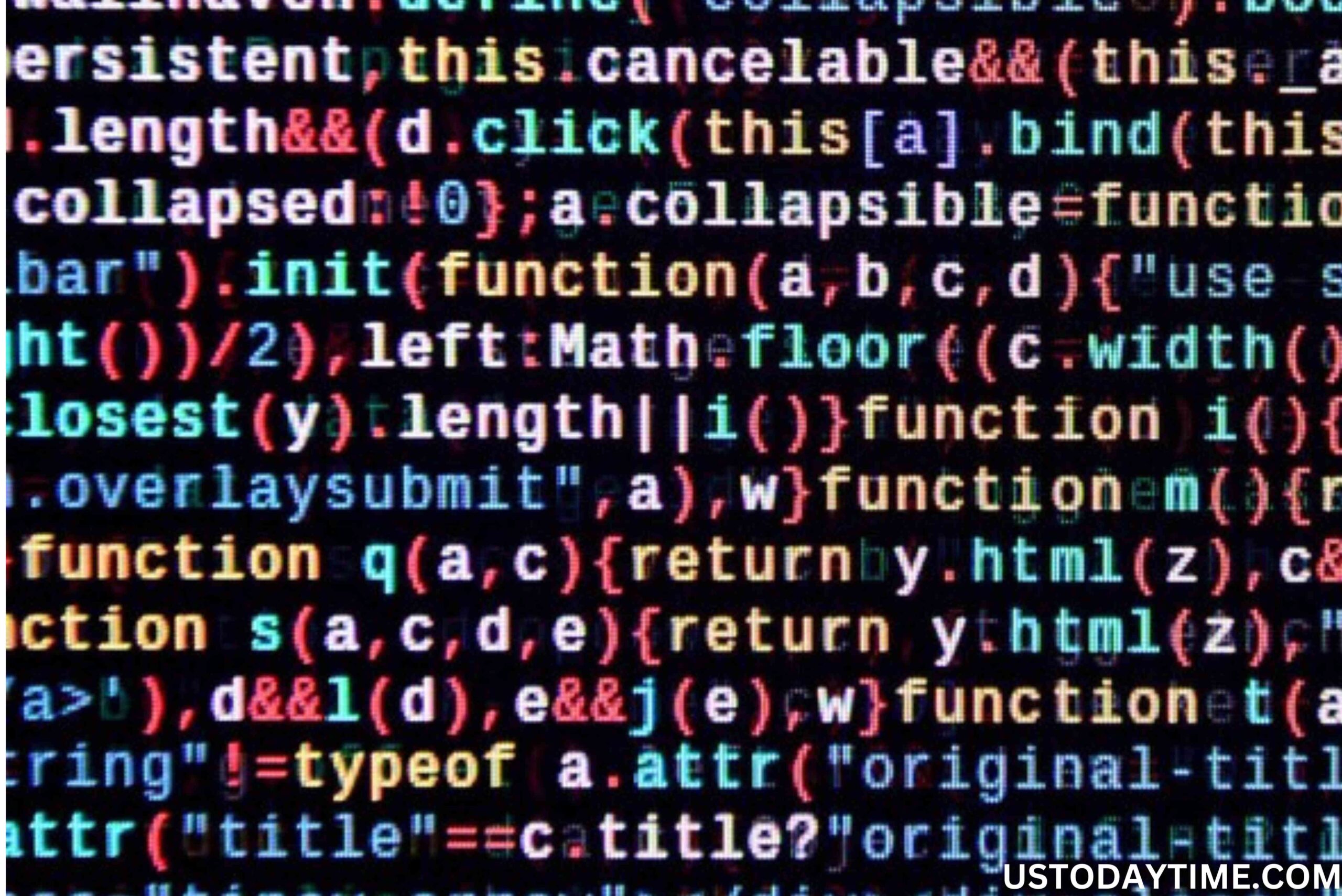Introduction
Have you ever wondered how secret codes work? Whether it’s an encrypted message from a spy novel or the puzzling sequence “8479659269,” codes have always captured our imagination. They spark curiosity, challenge our intellect, and sometimes even shape history. But what makes a series of numbers like “8479659269” significant? Could it be a key to hidden treasure, a mathematical riddle, or simply a random string?
In this article, we’ll uncover the fascinating world of secret codes. From understanding the basics of cryptography to exploring modern-day examples, we’ll break it all down in simple terms. By the end, you might even be inspired to try cracking a code yourself!
What Is a Secret Code?
At its core, a secret code is a way to hide information. Imagine trying to send a note to a friend without anyone else understanding it. How would you do it? Maybe you’d replace each letter with a number or use a special symbol for certain words. That’s essentially what a code does—it disguises a message.
The Mystery of 8479659269
Now, let’s talk about the enigmatic sequence “8479659269.” What could it mean? Is it a phone number, a password, or something else entirely? While it might look ordinary at first glance, numbers like this have often been used in clever ways, such as GPS coordinates or encoded messages. The challenge is to decode it, and that’s where the fun begins.
A Brief History of Cryptography
People have been developing and solving codes, the art of cryptography, for thousands of years.
Ancient Egyptians used hieroglyphs as secret messages. Military communications were encoded during World War II using a famous enigma machine. Think of cryptography as a secret handshake between history and mathematics.
How Codes Work: The Basics
So, how does a code actually work? It’s all about patterns and rules. A substitution cipher, for instance, substitutes one letter for another; a transposition cipher reorganizes the characters.Some codes use mathematical formulas, while others rely on keys—special pieces of information needed to unlock the message.
Types of Codes and Ciphers

Here’s a quick rundown of popular types of codes:
- Caesar Cipher: Shifts letters by a certain number (e.g., A becomes D).
- Morse Code: Dot and dash letters and numbers.
- Binary Code: The language of computers, using 0s and 1s.
Each type serves a unique purpose, and some are surprisingly easy to learn!
8479659269: A Real-Life Puzzle?
Could “8479659269” be a real code? Perhaps. Cryptography enthusiasts often find patterns in seemingly random numbers. For instance, it could represent:
- A date (8/4/79, 6:59 AM).
- A cipher key for a larger message.
- A hidden reference, like a book or page number.
Cracking this code requires creativity and logic.
Famous Codes That Changed the World
From the Rosetta Stone to the Zodiac Killer’s cryptic notes, codes have played pivotal roles in history. One of the most famous examples is the Voynich Manuscript, an undeciphered book filled with strange symbols. Each mystery reminds us of humanity’s endless curiosity.
The Role of Math in Cryptography
Math is the backbone of modern cryptography. Like RSA encryption, complex algorithms safeguard data using prime numbers. Think of math as the keymaker—it creates locks that are almost impossible to break without the right tools.
Modern Applications of Cryptography
Today, cryptography is everywhere. It protects your online passwords, secures bank transactions, and even powers cryptocurrencies like Bitcoin. Without codes, the digital world would be a much riskier place.
How to Crack a Code: A Beginner’s Guide
Cracking a code is like solving a puzzle. Here’s a simple process:
- Look for patterns: Repeated numbers or letters might be clues.
- Try substitutions: Replace one character with another.
- Use tools: Online cipher decoders can help.
- Stay patient: Some codes take time and persistence.
Why Do We Need Codes Today?
In an era of constant communication, privacy is more important than ever. Codes keep our conversations, financial information, and identities safe from prying eyes. They protect modern existence; they are not only tools.
Ethics and the Science of Secrecy
But are all codes ethical? That’s a tricky question. Although encryption guards privacy, it can also cover illicit behavior.There is continuous discussion on the harmony between openness and security.
8479659269: Final Thoughts
Whether it’s a clever cipher or just a random sequence, “8479659269” reminds us of the allure of the unknown. Codes challenge us to think, explore, and imagine. And who knows? Maybe this number holds a secret just waiting to be discovered.
FAQs About Secret Codes
1. What is the purpose of a secret code?
Secret codes are used to conceal information, ensuring it’s only understood by the intended recipient.
2. How do you create a simple code?
Start with a basic cipher, like substituting letters for numbers or rearranging the order of letters in a message.
3. What are some famous unsolved codes?
Among these are the Voynich Manuscript, the Kryptos sculpture, and Zodiac Killer ciphers.
4. How is cryptography used in daily life?
Online communications are encrypted; financial data is safeguarded; safe transactions are made possible by cryptography.
5. Could 8479659269 have a hidden meaning?
Absolutely! With creativity and analysis, this sequence could reveal a fascinating secret.
